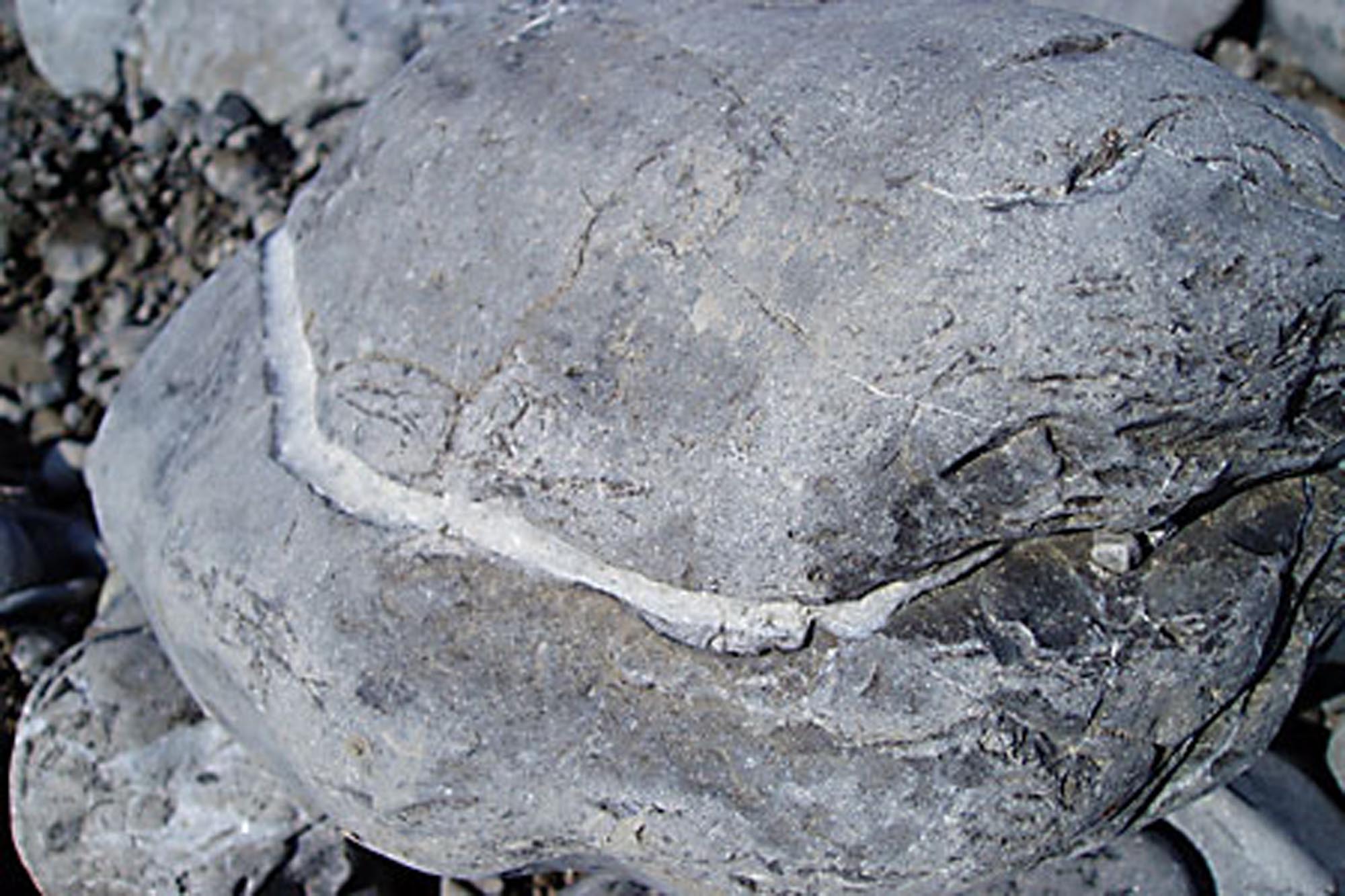
Grey, This colour is mainly used for the Main dolomite (CaMg (CO3)2). It is most frequently found on the Gravel banks of the Tyrolean Lech.
As one of the oldest rocks, the main dolomite was formed around 220 million years mainly in the lagoons and mudflats of the Tethys Sea. Thin mats of blue-green algae formed at high salinity and high temperatures. Few animals and plants colonised these areas, which is why fossilisations in the main dolomite are a rarity.
The white lines in the grey main dolomite are small, white calcite crystals. They have become embedded in the fissures created by the fracturing of the main dolomite during the folding of the Alps. Along these veins, the main dolomite easily disintegrates into coarse gravel. The rugged weathering creates the characteristic summit formations. There are no extensive alpine pastures as there is little soil formation above this parent rock.
If you break up the main dolomite, you can easily recognise it by the typical smell of Crude oil recognise. A greeting from times long past - the intense fragrance comes from the organic components of the fossilised blue-green algae.